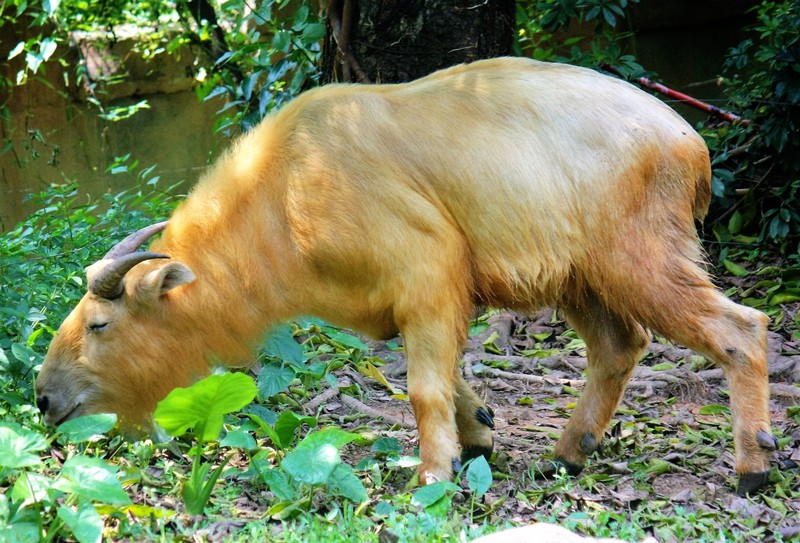|
| Query: goat | Result: 565th of 648 | |
golden takin (Budorcas taxicolor bedfordi)
| Subject: | golden takin (Budorcas taxicolor bedfordi)
| | Poster: | Wiki Photos (---@---.---)
| |

| Resolution: 3210x2178
File Size: 1637779 Bytes
Date: 2015:09:05 12:13:13
Camera: Canon EOS 450D (Canon)
F number: f/5.6
Exposure: 1/320 sec
Focal Length: 154/1
Upload Date: 2017:07:04 22:46:26
|
Deutsch: Zoo Guangzhou
Date 5 September 2015, 12:13:13
Author J. Patrick Fischer https://commons.wikimedia.org/wiki/User:J._Patrick_Fischer
Source: https://commons.wikimedia.org/wiki/File:Goldtakin_8393.jpg
The golden takin (Budorcas taxicolor bedfordi) is an endangered goat-antelope native to the People's Republic of China & Bhutan. It is a subspecies of takin. Golden Takins have unique adaptations that help them stay warm and dry during the bitter cold of winter in the rugged Himalayan Mountains. |
^o^
Animal Pictures Archive for smart phones
^o^
|
|

